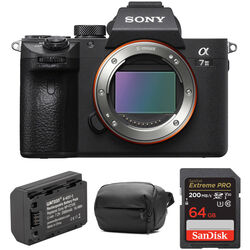

In reflex cameras (both twin-lens and single-lens reflex), a mirror is used to reflect the light from a lens onto a horizontal ground-glass focusing screen at the top of the camera. Image by Dirk HR Spennemann ( Image rights) Various ways to use a 'waist-level' finder: This tends to give a less clear reflected view, but has the advantage that the mirrored surface has in many cases not degraded after many years, in contrast to most old SLR mirrors (below). The mirrors used in these simple reflective viewfinders are frequently not glass but polished metal, especially in cheaper cameras. The Ensign Ful-Vue box camera (pictured below) has what is optically a brillliant finder on the top, but this is sufficiently large as to give the impression of a twin-lens reflex camera (such cameras are sometimes called 'pseudo-TLRs').Īn older version is the small cubic Watson finder with lens and mirror as in the brilliant finder, but with a matte screen for viewing the finder image, sometimes hooded.Ī special version was the Sellar finder which consisted just of a concave mirror (which gives a reflected view reduced in size so that only a small mirror is needed) with targeting aid, to help the user position their eye to give the correct view. Brilliant finders are usually very small - perhaps 1 - 2 cm across - but exceptions exist. The brilliant finder is the most widespread of such finders, a combination of a lens, a mirror at a 45 degree angle behind that lens, and another lens at right angle position to the first one to view the mirrored image from the top.

The view in them is reversed left-to-right. Finders of these types are not always easy to use with precision, but they were cheap, compact and easy to add to a folding camera's front standard or folding bed, or into the housing of a box camera. In antique cameras the reflecting type viewfinder is the most common means of image preview. Waist level finders Simple waist-level finders


 0 kommentar(er)
0 kommentar(er)
